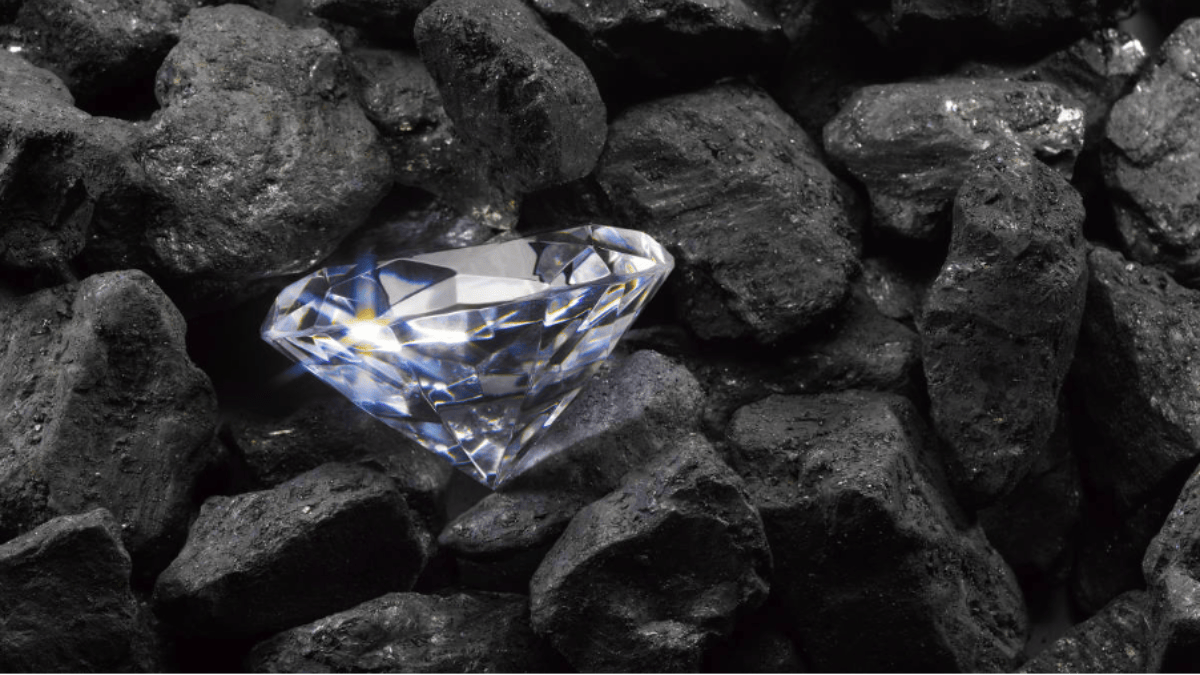Environmental Clean Technologies: Transforming lignite with COLDry technology

Lignite – brown coal – has long been maligned for its high emissions, and ECT is looking to tap this massive resource cleanly. Pic via Getty Images.
- Environmental Clean Technologies advances its COLDry technology demonstration plant
- Tech creates low, net zero and net negative products for agriculture, industry and energy sectors
- COLDry is the basis for additional technologies under development, including low-emission steelmaking and hydrogen
Special Report: Environmental Clean Technologies’ (ASX:ECT) transformative process converts lignite into low, net-zero and net-negative emission products targeting the agriculture, industry and energy sectors that are traditionally hard to abate.
Lignite’s New Role
Lignite, commonly known as brown coal, has historically been associated with high CO2 emissions due to its high moisture and extensive use in power generation.
Victoria, Australia, hosts one of the world’s largest lignite deposits, a vast ~430 billion-tonne resource. Traditionally used for CO2-intensive electricity generation, lignite use is declining due to global efforts to achieve net-zero emissions.
However, this is changing, thanks to the innovative efforts of Environmental Clean Technologies (ASX:ECT) and its groundbreaking COLDry technology.
ECT aims to harness this abundant resource using its patented tech, which offers world-leading efficiency in drying high-moisture lignite with minimal temperature and pressure, providing a zero-emissions solution.

The COLDry technology cost-effectively removes the moisture from lignite, enabling its use in a range of downstream applications to create low, net-zero and net-negative emission products. Pic supplied (ECT)
Rehabilitating Lignite
ECT managing director Sam Rizzo highlighted the transformative potential of lignite, a resource often criticised for its high emissions. He explained to Stockhead that lignite holds significant value when its moisture content is reduced cost-effectively and with zero emissions.
“We developed a low-temperature, low-pressure way to dry the lignite, which achieves this, enabling higher-value applications. In the last three months, we have undertaken detailed ‘at-scale’ testing to improve this process and minimise the heat required to dry the lignite,” said Rizzo.
“COLDry is the world’s only zero-emission lignite drying process.”
Commercialising COLDry Technology
ECT is set to commercialise its COLDry demonstration facility early next year to showcase its zero-emission process.
“Our immediate focus is agriculture. We have teamed up with ESG Agriculture to produce a granulated lignite-urea product which will benefit farmers and the environment,” Rizzo noted.
A second phase entails integrating a pyrolysis process to develop additional valuable products such as char and syngas.
“The char products could be refined further into higher-value activated char, with potential applications for filtration, battery carbon and possibly graphene. The syngas is also a feedstock for creating methanol and ammonia, precursors for synthetic fertiliser, or taken a step further to produce clean hydrogen,” Rizzo explained.
Achieving Net Negative Emissions
Elaborating on the potential for hydrogen production, Rizzo said, “Independent modelling confirms our COLDry-Pyrolysis process can achieve a net negative carbon footprint for hydrogen production, with lower CAPEX, OPEX, and sustaining CAPEX than green hydrogen facilities.
“This proven, cost-effective solution aligns with net-zero goals by significantly reducing carbon emissions.”
From Dried Coal to Environmentally Beneficial Products
The COLDry process entails breaking down lignite’s capillary structure by introducing a small amount of water, milling it into a paste, and extruding it into pellets for drying.
In collaboration with ESG Agriculture, ECT will incorporate urea into the lignite before extrusion, followed by a granulation step after drying.
Australia’s nutrient-poor soils confront challenges from heavy fertiliser use and land clearing.
“Agricultural applications are an ideal showcase of the benefits associated with COLDry,” Rizzo emphasised. “This lignite-urea product benefits farmers and the environment by ensuring a consistent nutrient supply, reducing nitrogen emissions, and enhancing long-term soil health.”
Interlocking technologies
Beyond COLDry, ECT has also developed technologies that leverage the dried lignite for further innovation. One such technology is the patented HydroMOR process, which uses hydrogen from lignite to process iron ore, reducing CO2 emissions by 35% to 65% compared to conventional methods.
“We blend lignite with iron ore fines to manufacture ‘composite’ pellets through our COLDry process, then convert iron ore to iron in a single step using our proprietary HydroMOR furnace,” explained Rizzo.
“Our HydroMOR process reduces emissions at a much lower cost while liberating stranded inventories of waste iron ore fines that are building up worldwide.”
Another emerging technology is COHgen—catalytic organic hydrogen generation. This process combines elements of COLDry and HydroMOR to produce clean hydrogen without the need for carbon capture and storage, further advancing ECT’s contribution to practical energy solutions.
“When our COLDry process is combined with pyrolysis, it creates char and syngas. The syngas can be separated to collect the hydrogen. If biomass is blended with lignite, the resultant hydrogen has a net negative carbon footprint. COHgen takes this further, increasing the hydrogen yield and delivering deeper carbon savings,” Rizzo noted.
However, he added that COHgen is still several years away as R&D work needs to be completed before the company can scale up the process.
Race to Revenue
After several years of research and development, ECT is now focused on commercialising its technologies.
The Bacchus Marsh demonstration plant is set to deliver a soil health product in collaboration with ESG Agriculture, with future plans to add pyrolysis capability to produce char and validate syngas composition and utilisation.
Strategic investors recently subscribed for a $1.5 million placement to advance ECT’s commercialisation strategy, highlighting confidence in the company and its technology.
Bridging the Gap
Various parties’ interest in the Bacchus Marsh demonstration plant indicates strong potential for a commercial rollout, the company says, creating a platform for broader implementation of ECT’s innovative technologies.
ECT owns property adjacent to the Yallourn lignite mine in Victoria’s Latrobe Valley, which is earmarked for commercial development.
“A successful rollout of the scale-up and granulation production at our Bacchus Marsh facility opens the opportunity to develop our Yallourn asset. Plans are in place to partner with established energy companies to produce syngas, methanol, ammonia, DME or hydrogen,” Rizzo added.
“We bridge the gap between the past, high-emission use of lignite and future high-value, low, net zero and net negative use of the resource.”
This article was developed in collaboration with Environmental Clean Technologies a Stockhead advertiser at the time of publishing.
This article does not constitute financial product advice. You should consider obtaining independent advice before making any financial decisions.
Related Topics
UNLOCK INSIGHTS
Discover the untold stories of emerging ASX stocks.
Daily news and expert analysis, it's free to subscribe.
By proceeding, you confirm you understand that we handle personal information in accordance with our Privacy Policy.








